
Another summer of Pride, another slew of brands tipping their rainbow hats in support of the LGBTQ+ community. Messages and brand acts that were once exceptional have since become expected; initiatives that used to feel meaningful have in many cases come to feel like just another marketing calendar box to check.
That's why we created this Pride Guide, a go-to resource for how brands can be authentic and impactful with their words and actions supporting the LGBTQ+ community. We surveyed 1,000 LGBTQ+ consumers through Suzy's market research platform and spoke to several of the community leaders deemed 2022 Advocates for Change by equalpride's iconic publication, The Advocate.
The result? Five principles to inspire your brand to show up, break through and, ultimately, throw your support to a community that still needs it, day in and day out.

1. COMMITMENTS OVER CALENDARS.
Let's start with the obvious, support means going beyond just talking the talk, you've got to walk the walk - and that's a year-round commitment. Roughly 4 in 5 survey respondents (79%) at least somewhat agreed that it's important for brands to show a commitment to the LGBTQ+ community beyond major moments like National Coming Out Day, Transgender Awareness Week, and Pride Month. One survey respondent said, "Especially during [Pride Month], a lot of brands [add] LGBTQIA+ people to advertisements to gain media attention and it's more performative than actual support." As marketers, we know this should come as no surprise. The question is, how to commit?
While donating and volunteering are welcome gestures in solidarity with the community, these actually ranked lower for survey respondents than creating inclusive and equitable workplaces and standing up for political and legal issues affecting LGBTQ+ people. These are long-term commitments to make equality for the queer community part of a company's culture. As LGBTQ+ activist Jillian Orr said, " Advertising is the company displaying their standards and what they support. Let that reflect inclusion and diversity." If a brand is a genuine ally, queer representation in advertising will be appreciated rather than seen as pandering to help make the company more money - which 48% of respondents were concerned or very concerned about. Finally, always include reference to your actions. With a community on high alert to sniff out the rainbow-washing, any talk that doesn't appear paired with actions may invite backlash.
2. COLLAB, DON'T CO-OPT.
Brands often find their inspiration from influencers and leaders of the communities they are targeting, which is a helpful way in. However, messaging that targets specific identity groups - especially those that have been subject to discrimination and marginalization - should always seek to add more than it takes. Activist and Vogue Fem ballroom dancer Miles Mugler sums this one up nicely, "Always pay." As members of the LGBTQ+ community, we know we have some great, exciting, and different ideas. We are trendsetters, and for good reason, but please do not rip our content without proper compensation and hopefully not without a long conversation about how we can make it more unique to you and your brand.
Furthermore, for a lot of community members, Pride Month can often mean one thing, work. Tons of it between the panels, the articles, and the overall work required to educate the straight and cisgender community. That's not a bad situation to be in, we love to contribute. However, if this is content marketing for your organization, then we ask that you please, if you can, pay your panelists.
Finally, survey data shows an interesting caveat to collaborations. At the end of the day, participants say that "including influencers or celebrities who identify with the LGBTQ+ community" in campaigns is far less important than representing authentic moments, lifestyles, and stories that feel like theirs. Of course, the two don't have to be mutually exclusive, and celebrities and influencers who are part of a given community can be crucial to unlocking a campaign, but remember authenticity is key.

3. EXPAND QUEER INCLUSION.
Historically, the queer community has had a problem... bias. Before 1993 the community had marched on Washington twice, under official titles only in support of lesbian and gay rights. The bisexual community was eventually included in the April 25, 1993 March on Washington for Lesbian, Gay, and Bi Equal Rights and Liberation - though the march fought in part for transgender equality[1]. Officially embracing the transgender community however took some more time. The T was finally included in the late 1990s and it wasn't until 1999 that certain major organizations adopted all of the letters in the acronym, like the GLBT Historical Society, formerly the Gay and Lesbian Historical Society of Northern California[2, 3]. Since that time, a lot of new individuals have come to fall under the LGBTQ+ umbrella, and over the last year the new Progress Pride Flag, representing the large breadth of us, has been widely adopted[4]. Media and advertising on the other hand, is still mostly stuck in the 80s.
Representation these days extends far beyond the cis white male or female experience. While representation in television and film have done wonders for the community, a few of those queer storylines have been told time and time again. Queer personality Reema Therani, and owner of the Queering Desi podcast about the South Asian LGBTQ+ experience, told us, "Lots of advertising has concentrated on gay men and drag queens specifically. We need to reach beyond that. There's more fluidity in identification... [It's] not just glitz and glamor. We're more than that." The numbers reflect that sentiment.
While sexuality representation was very important to all in the community, gender representation was especially important to trans, non-binary, and genderqueer survey respondents. In this group, 55% ranked their gender as one of the two most important aspects of their identity that they'd like to see represented in advertising and marketing. These groups were also the least likely to agree with the statement, "I personally feel well-represented as an LGBTQ+ individual in advertising and marketing."
Trans author and activist Sameer Jha echoed this sentiment, "I wish I saw trans girls who don't look like every cisgender girl on the street... I want to see all the ranges of queerness, of existence, of life. Whether they are new in their transition or they've been transitioning for years. I want to see everyone and not just who makes the best fit for TV." Inclusion is imperative.

4. SHOW EVERYDAY EXPERIENCES.
The best way to show up for the queer community in marketing is by showing up authentically. Once year-round commitments have been made, and your company can start thinking about campaigns, there are a few ways to maximize success and avoid pitfalls. Among those surveyed, 56.8% at least somewhat agreed that advertising meant for the LGTBQ+ community played into stereotypes and cliches. Playing into expected tropes, even well-intentioned ones, can wind up limiting the full humanity of how the community is represented.
Mugler told us, the best way to meet queer people where they are is by actually meeting them. "If you want to work with a community, attend the community meetings, attend the community functions," he continued, "meet the people that you're trying to work with so [that] you have a specific connection that you can now capture through media, as opposed to on the outside looking in." When asked what ranked highest in importance for feeling represented in LGBTQ+ advertising and media, respondents agreed it was seeing authentic moments and lifestyles that felt like their real lives. Having first hand context, either through experience or by real relationships with LGBTQ+ individuals, or a company's own LGBTQ+ employees, will help achieve that. A reminder here that one way to ensure you are on the inside speaking out, rather than the outside looking in, is through commitments in hiring - a diverse environment will be much more likely to beget strong, culturally relevant campaigns.
Another way to tap into queer culture is by looking at trending work already in the space. Across all groups, those surveyed said they felt the most pride at the Pride Parade of course, but also when watching queer films and television shows. Is there room for a collab? If you've done your homework to make sure brand values align with any shows or celebrities you may be wanting to work with (queer representation here please), this could be a great way to show support for the community. Giving queer actors real space to be active participants in a collab would add an extra layer of legitimacy.

5. GET THE GUT CHECK, END-TO-END.
Authentic, accurate, and compelling connections with the queer community start with queer leadership and influence on the idea from the get-go. Making sure there is queer talent on both sides of the camera or microphone, like writers and producers can help ensure bias stays on the cutting room floor. In fact, respondents placed this at the top of their list for LGBTQ+ media that stood out as the best and most authentic. Mugler told us, "I think in order to reach the LGBTQ+ community, you have to include and understand the LGBTQ+ community. So that means bringing in LGBTQ+ people to be a part of the campaigns." These masterminds can create relatable moments, which when paired with LGBTQ+ talent - both of which ranked second and third on the list respectively - should make for some exceptional work.
CONCLUSION
Remember commitments are year round, collaboration can unlock potential (always pay!), queer inclusion still has a ways to go, authenticity is key, and LGBTQ+ representation is needed from the get-go on any campaign. Once your brand has made the right in-roads with the community and you've done your homework, the sky's the limit. Until next Pride, we hope you have a very gay year!
1) Schmalz, Jeffery. 'MARCH FOR GAY RIGHTS; Gay Marchers Throng Mall in Appeal for Rights.' New York Times. April 26, 1993. Accessed June 12, 2022. https://www.nytimes.com/1993/04/26/us/march-for-gay-rights-gay-marchers-throng-mall-in-appeal-for-rights.html?searchResultPosition=1
2) Blakemore, Erin. 'From LGBT to LGBTQIA+: The evolving recognition of identity.' National Geographic. October 19, 2021. Accessed July 11, 2022. https://www.nationalgeographic.com/history/article/from-lgbt-to-lgbtqia-the-evolving-recognition-of-identity
3) GLBT Historical Society. 'Our History.' Accessed June 12, 2022. https://www.glbthistory.org/timeline
4) Aouga, Keely and Taylor Romine. "LGBTQ groups across the US consider a new flag meant to be more inclusive of the transgender community and people of color." CNN. August 16, 2021. Accessed June 12, 2022. https://www.cnn.com/2021/08/16/us/lgbtq-progress-pride-flag-debate-trnd/index.html
About TBWA\Chiat\Day LA
TBWA\Chiat\Day LA is the original Disruption(r) company. Shunning the conventions of Madison Avenue, Chiat\Day kick-started the West Coast ad boom in 1968 and has been disrupting for more than fifty years. As stewards of the brand, TBWA\Chiat\Day LA has spawned some of the world's most iconic brands by finding the white space through its Disruption methodology and driving dramatic business results through brave creativity. Specializing in brand strategy and creative strategy, design, social, data and analytics, multicultural, purpose, user experience and production, TBWA\Chiat\Day's client roster includes Gatorade, Discover, Jack in the Box, QuickBooks, Principal Financial, Behr Paint, The Recording Academy and more. TBWA has been named one of Fast Company's Most Innovative Companies for the past four years and was Adweek's 2021 Global Agency of the Year.
About Suzy
Founded in 2018, Suzy is an end-to-end consumer insights platform that integrates quant, qual, and high quality audiences into a single connected research cloud. Suzy lets teams conduct iterative research, with agency-quality rigor, in hours not weeks, and at a fraction of the cost.. Many of the biggest brands in the world use Suzy to deliver breakthrough products and experiences backed by data-driven decisions. Suzy has been recognized on Forbes' list of America's Best Startup Employers in 2022, Inc. Magazine's list of Best Workplaces of 2022, and as a GRIT Top 50 Most Innovative Supplier in Market Research. Suzy has raised over $100 million in venture capital funding from investors that include Bertelsmann Digital Media Investments, Foundry Group, H.I.G. Capital, North Atlantic Capital, Tribeca Venture Partners, Triangle Peak Partners, and Kevin Durant's 35 Ventures. Learn more at www.suzy.com.


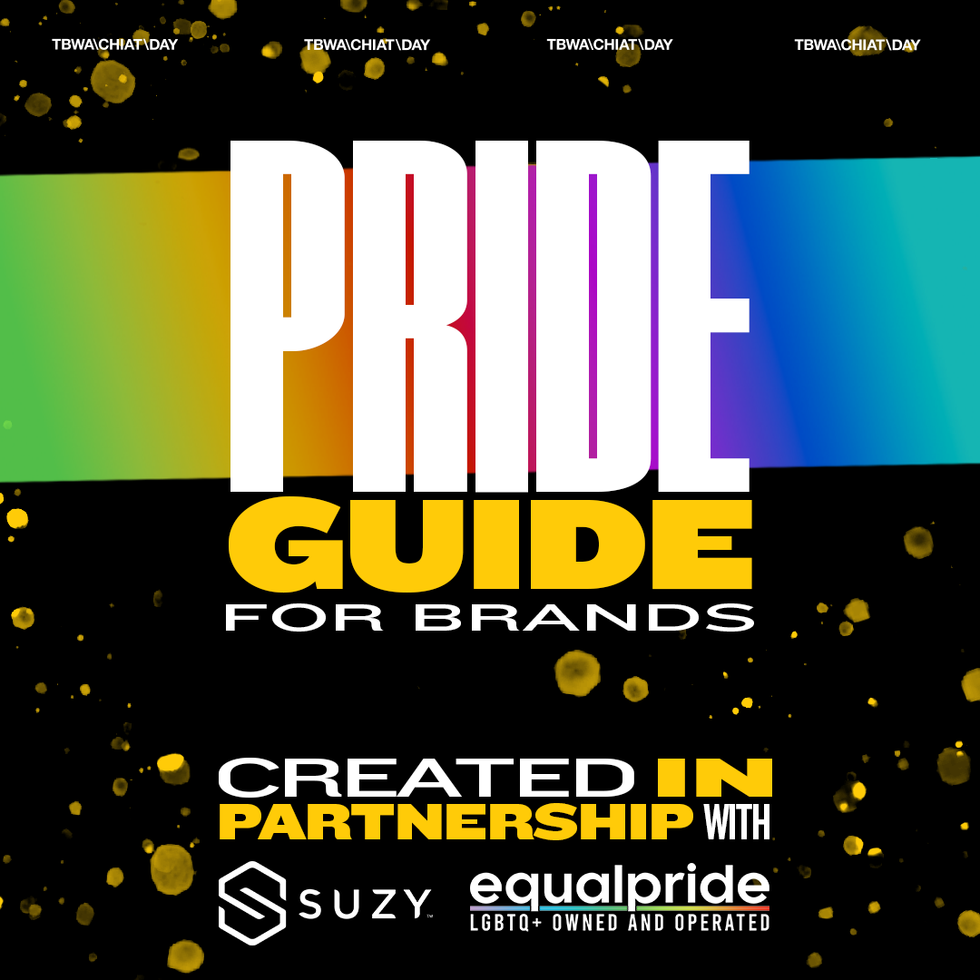
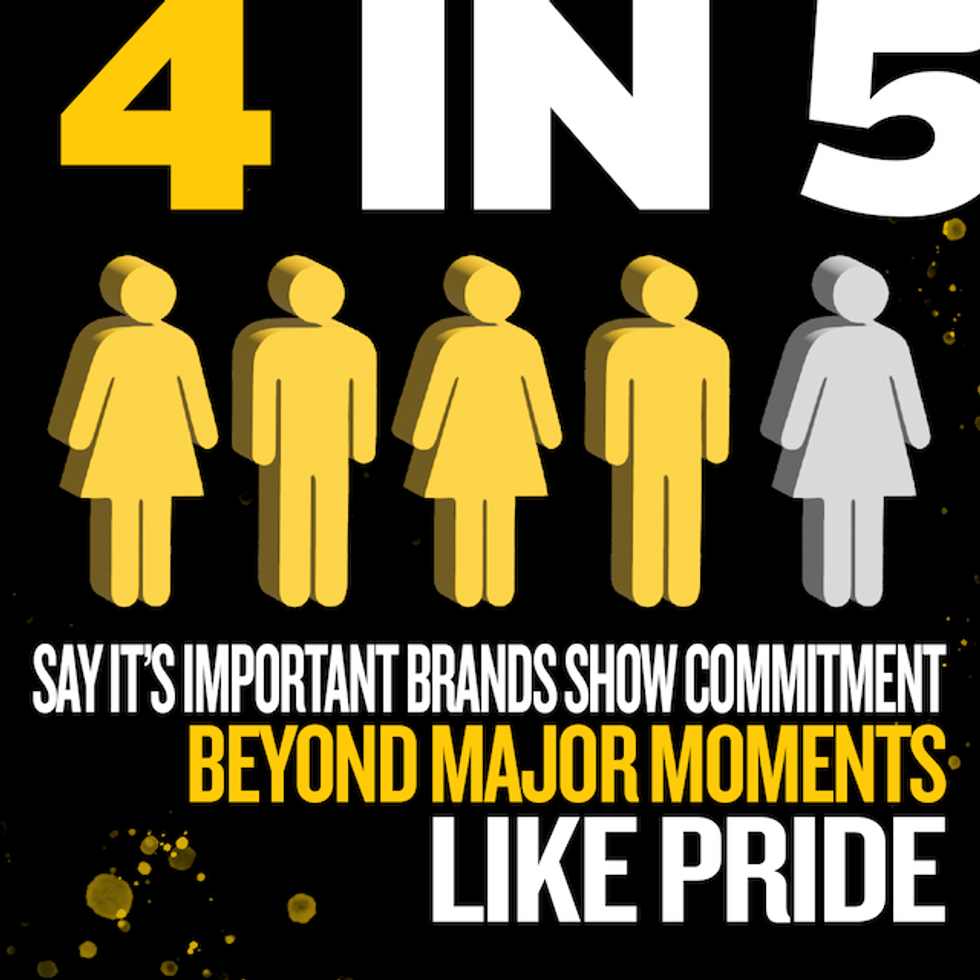
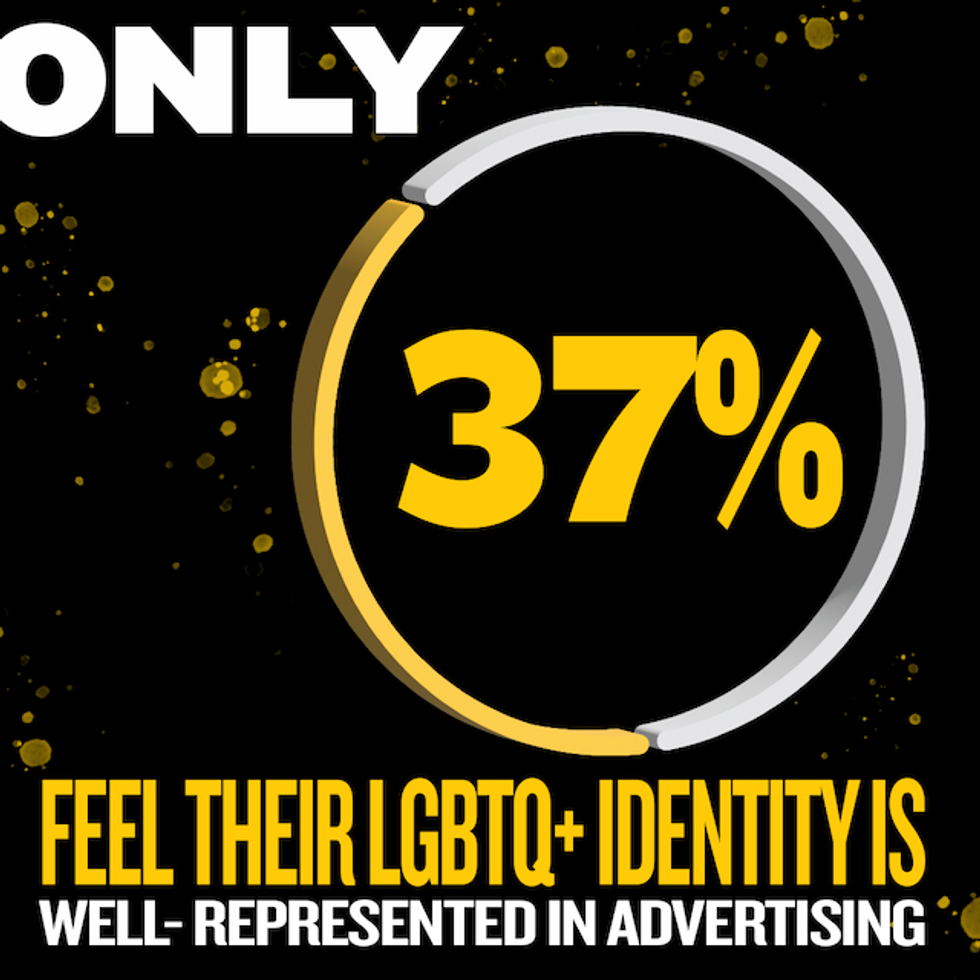
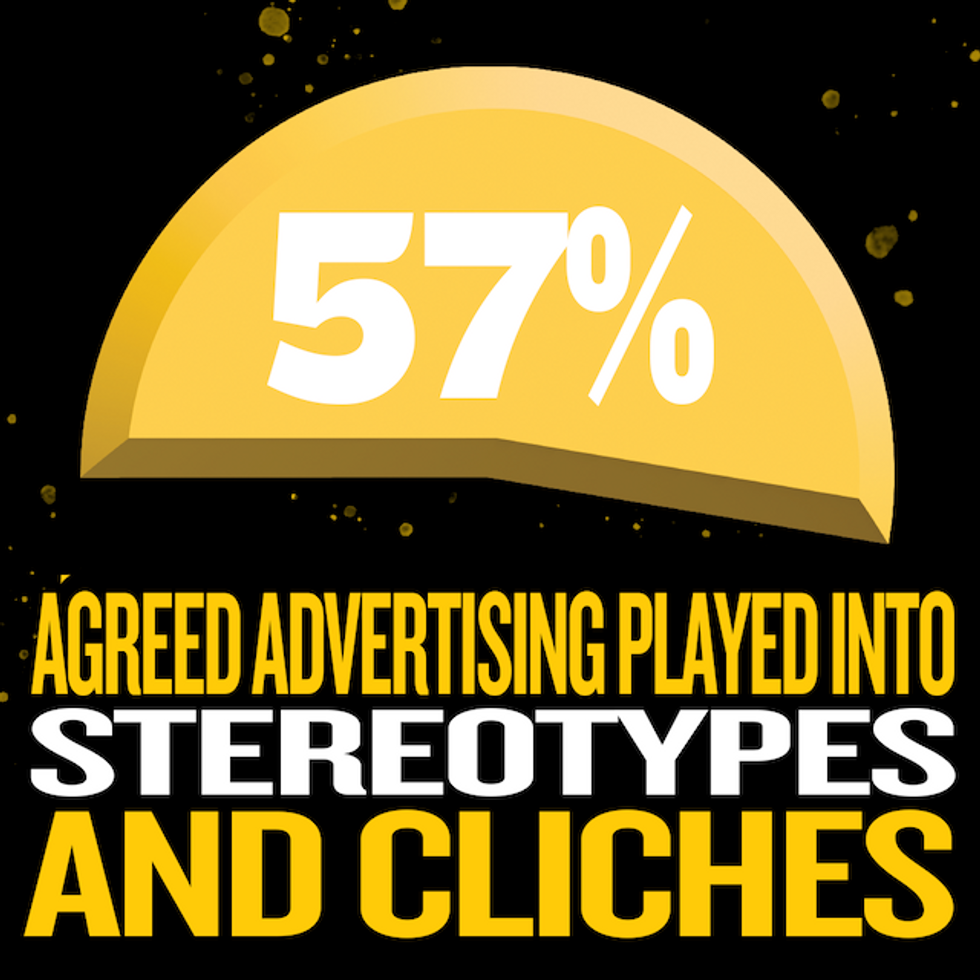
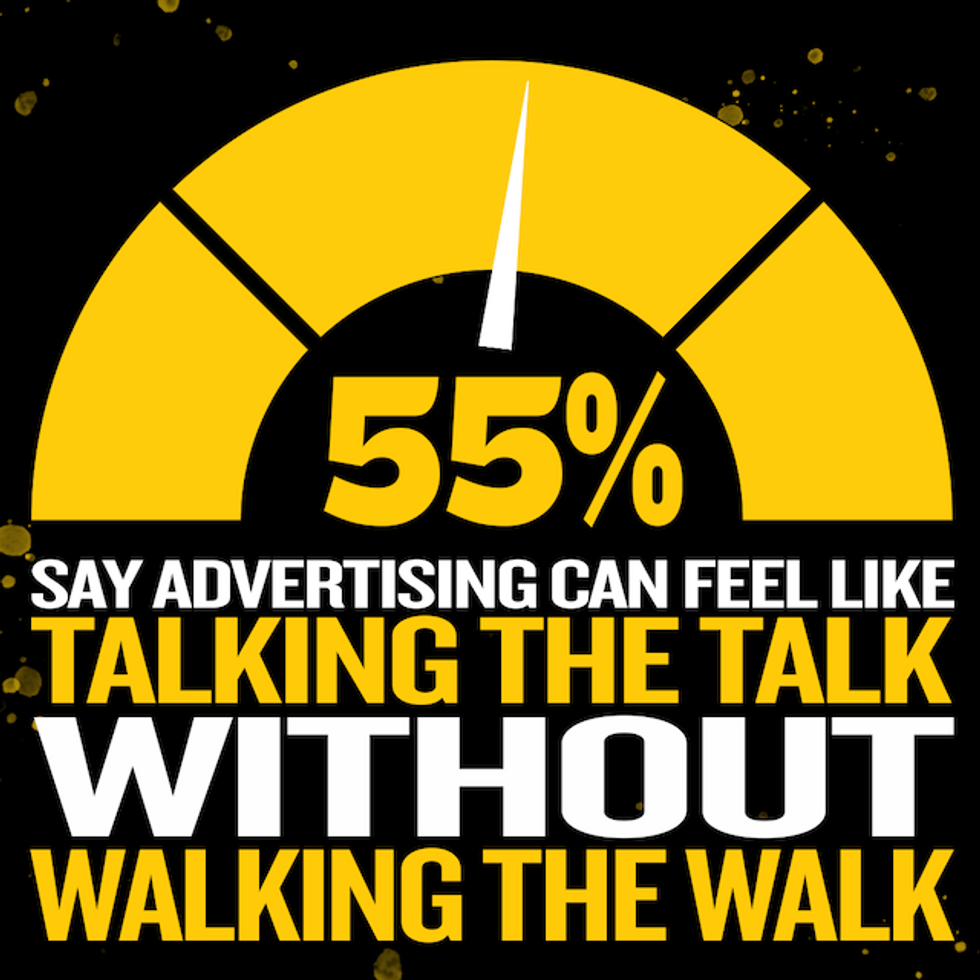






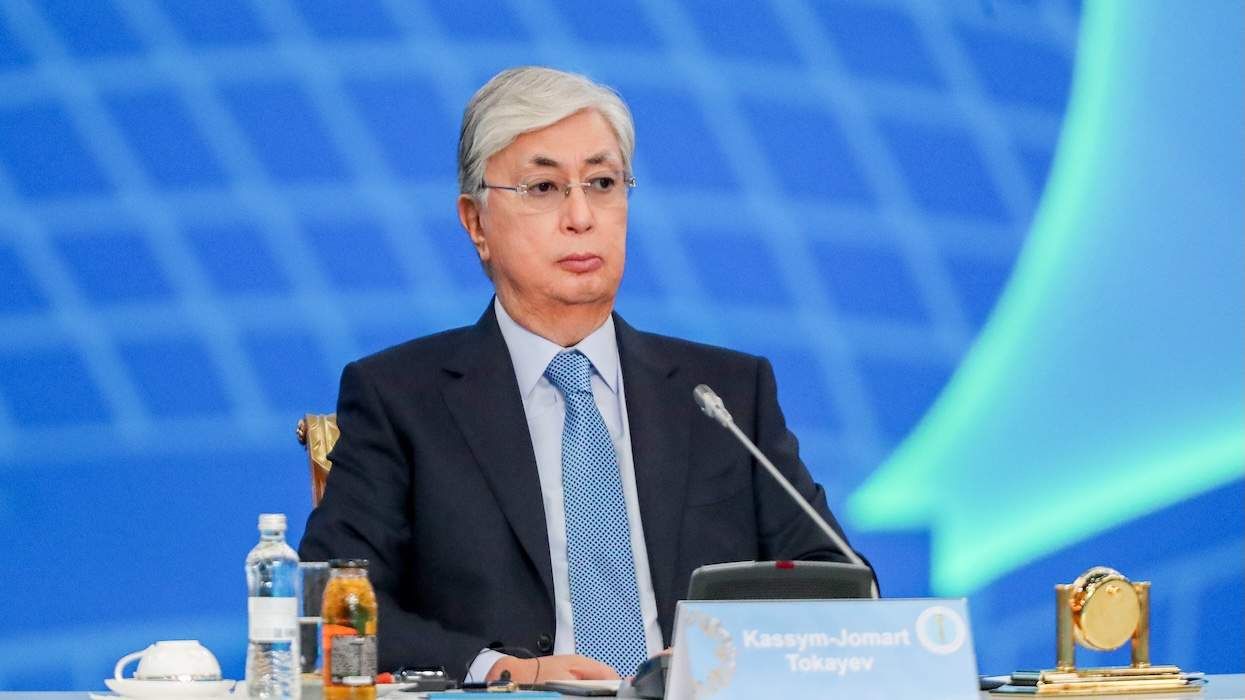


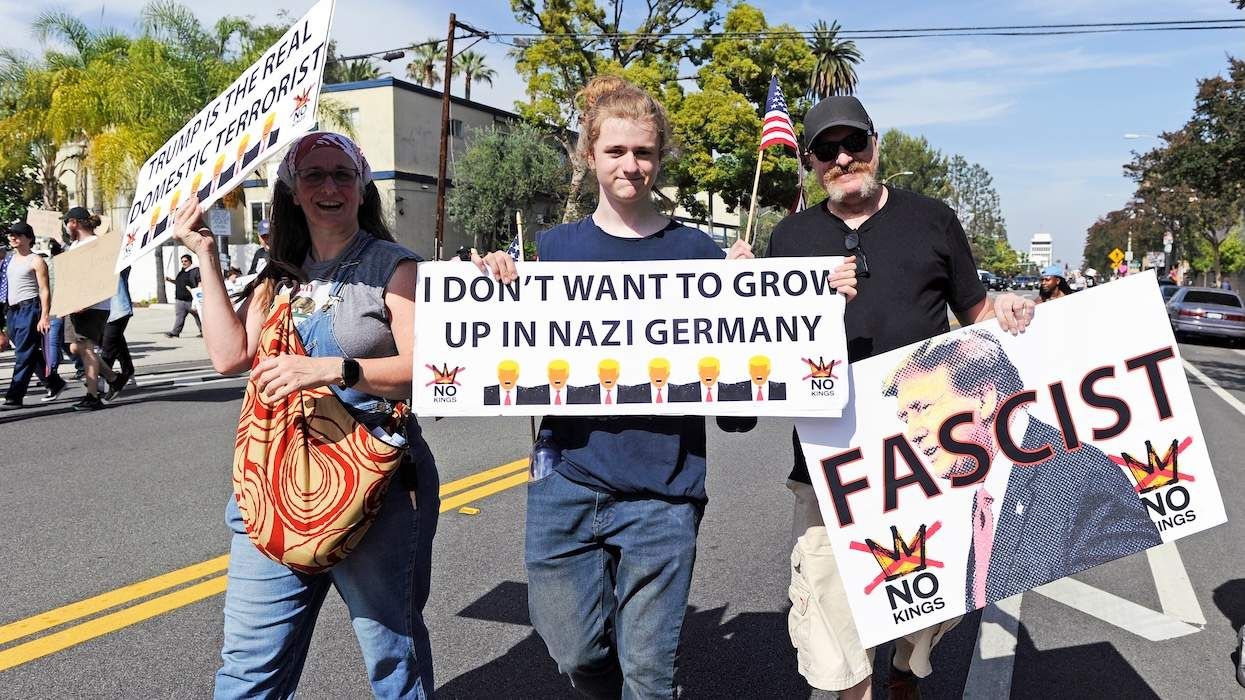

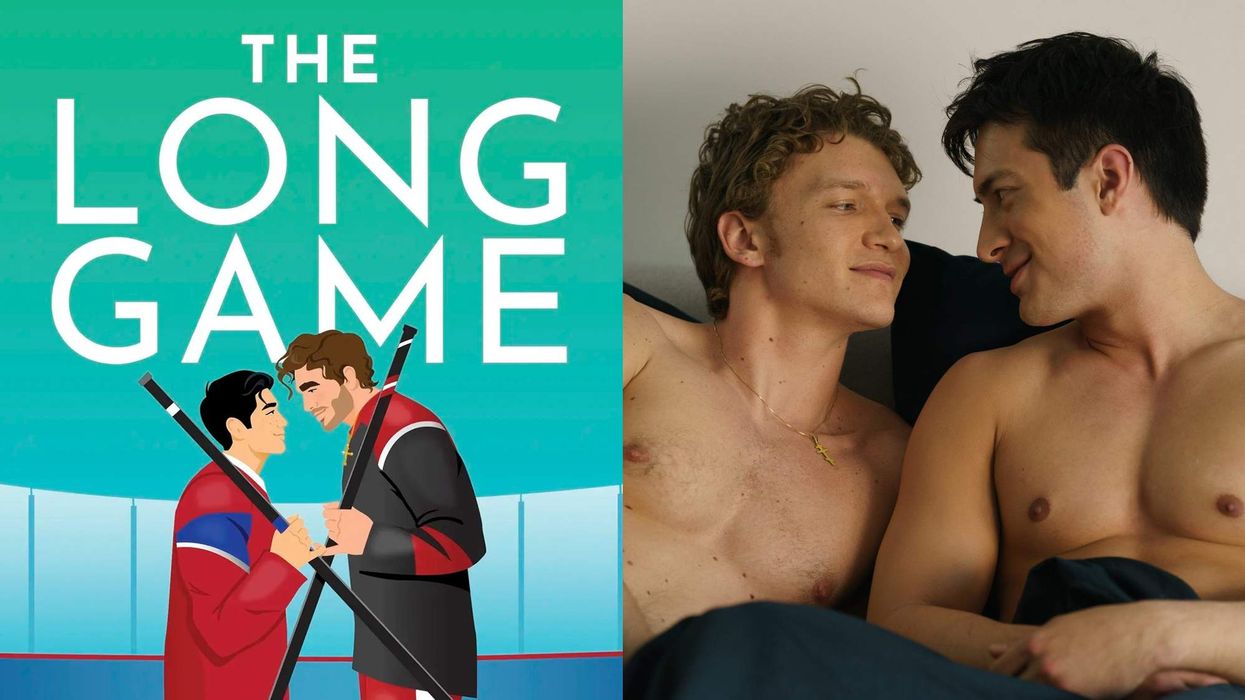
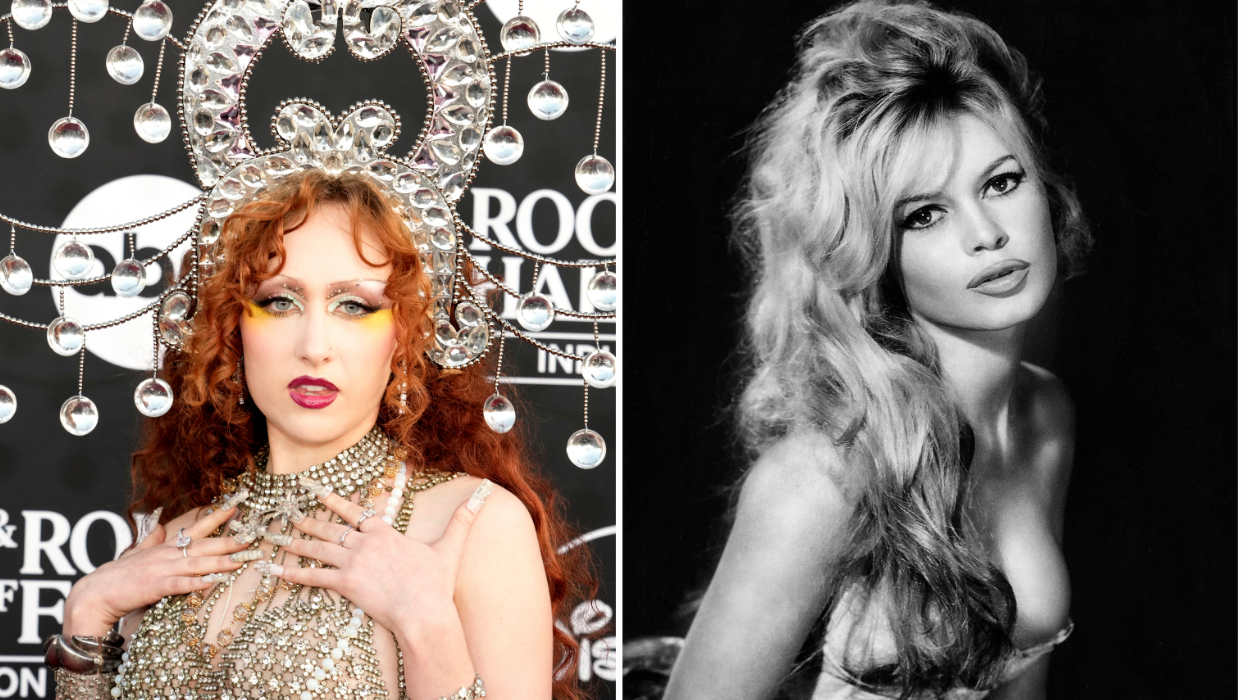

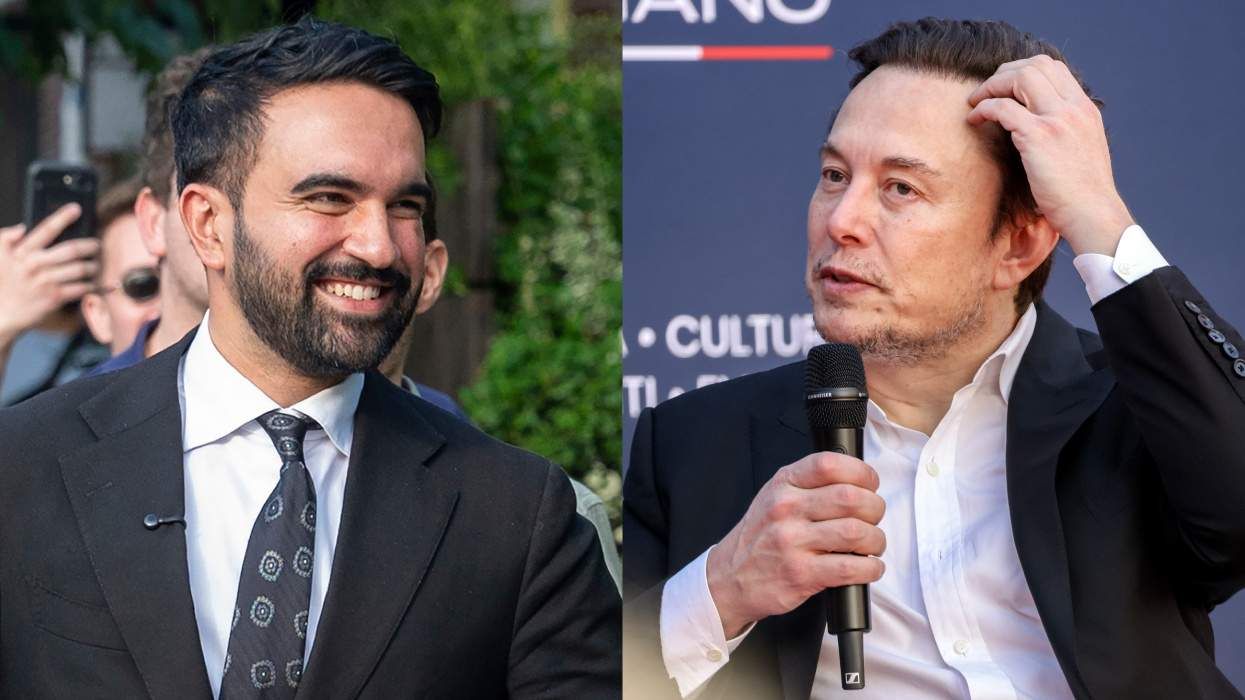
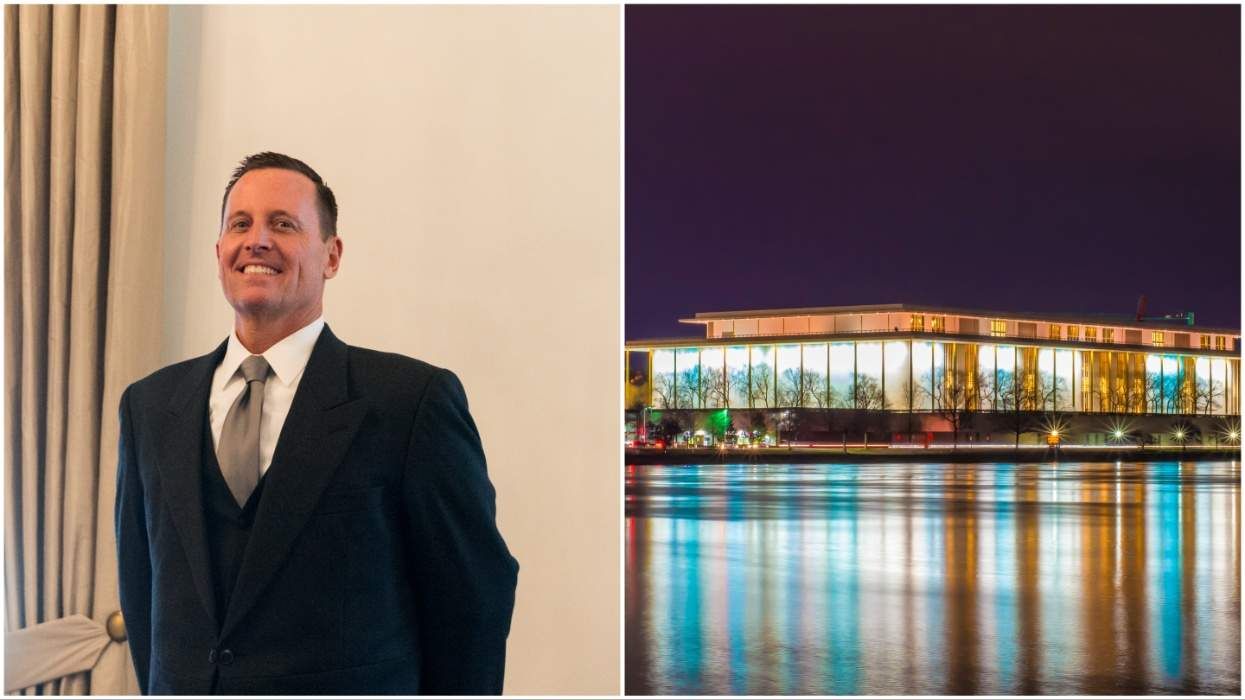

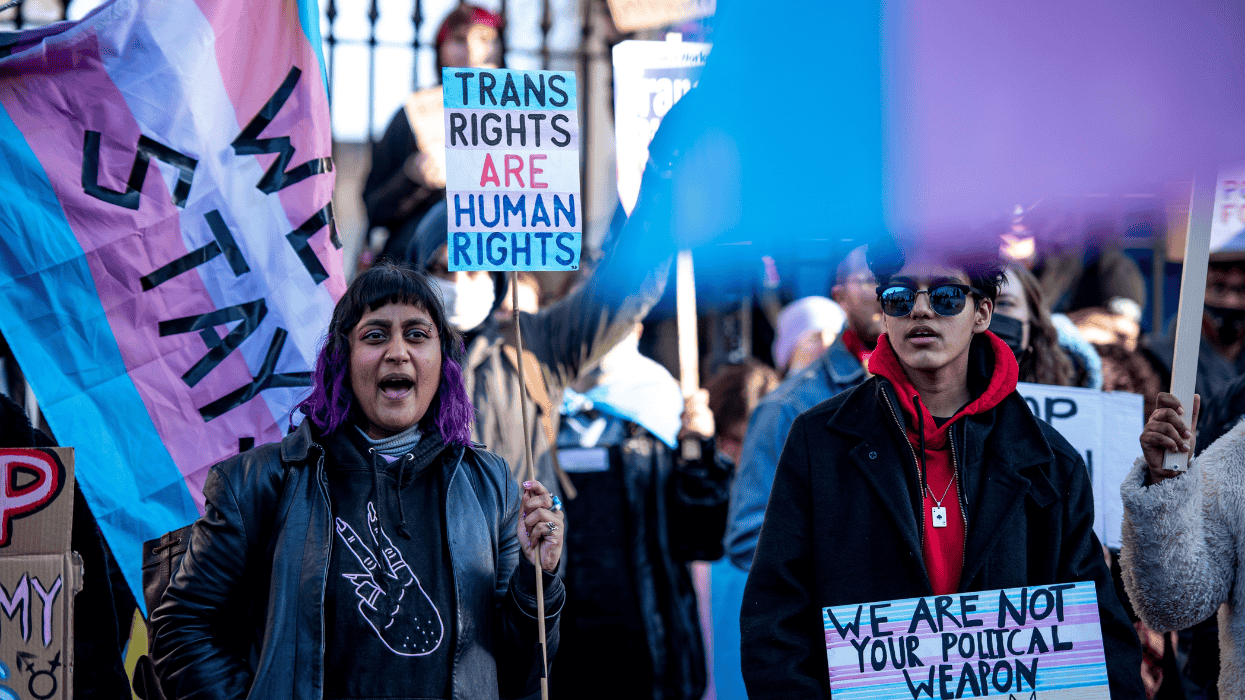
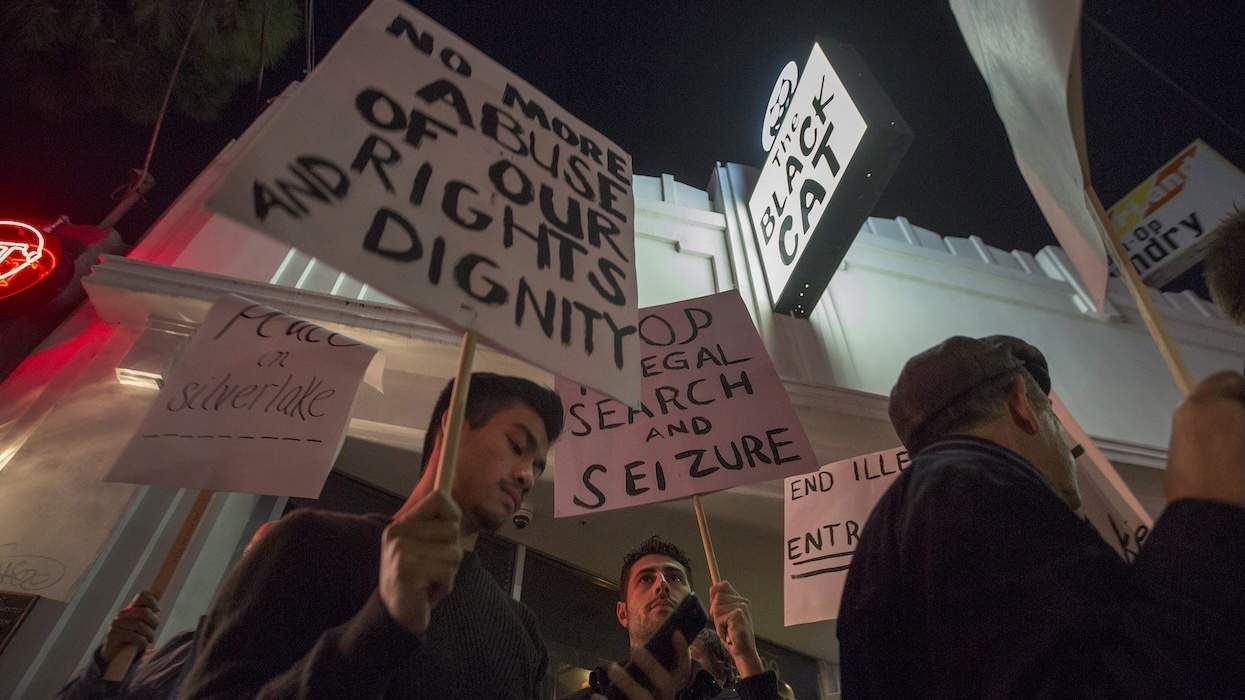
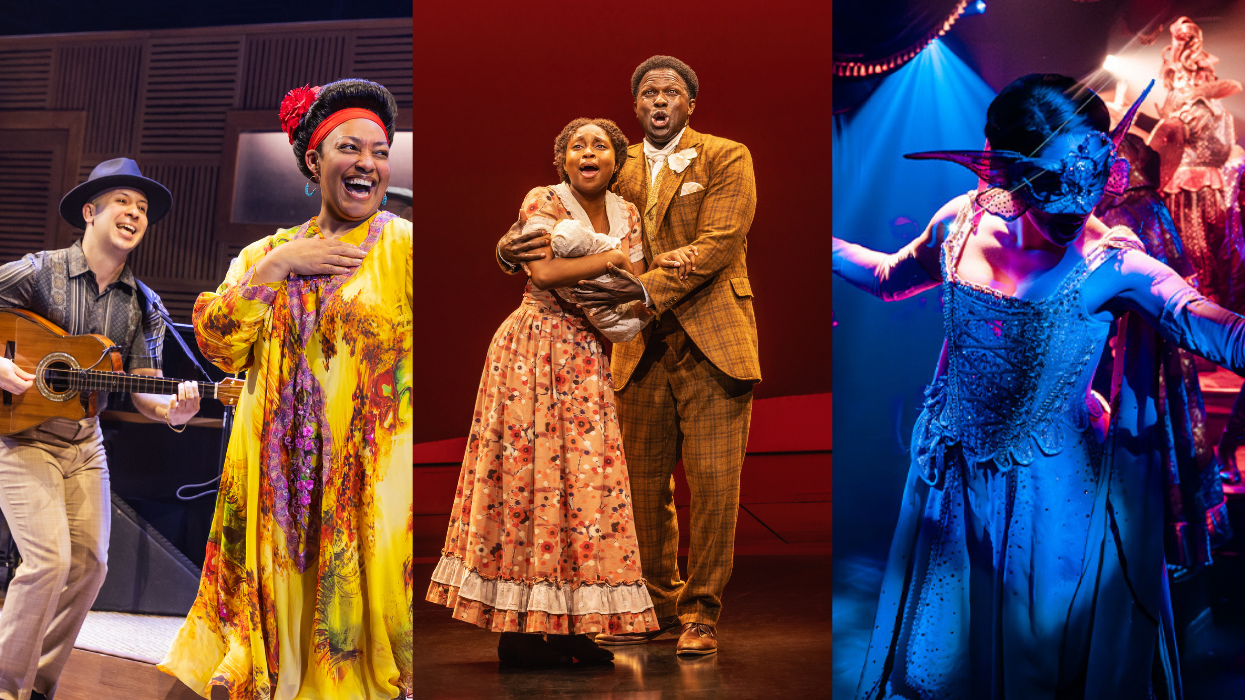
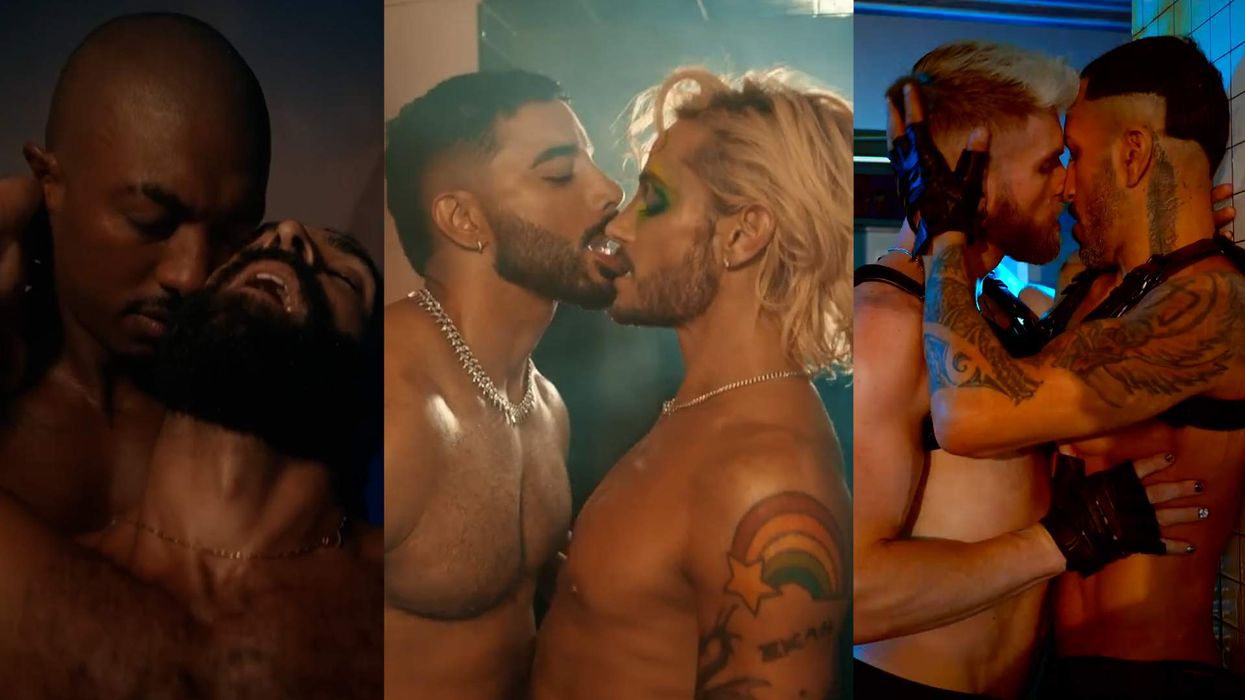
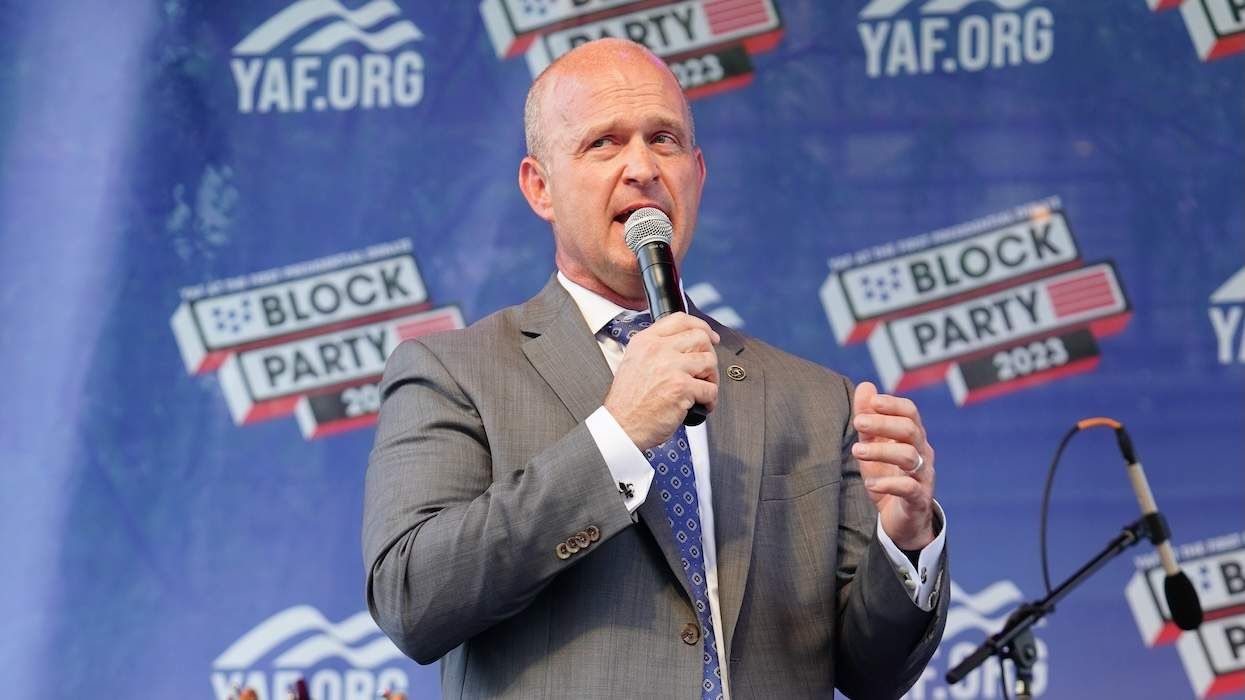

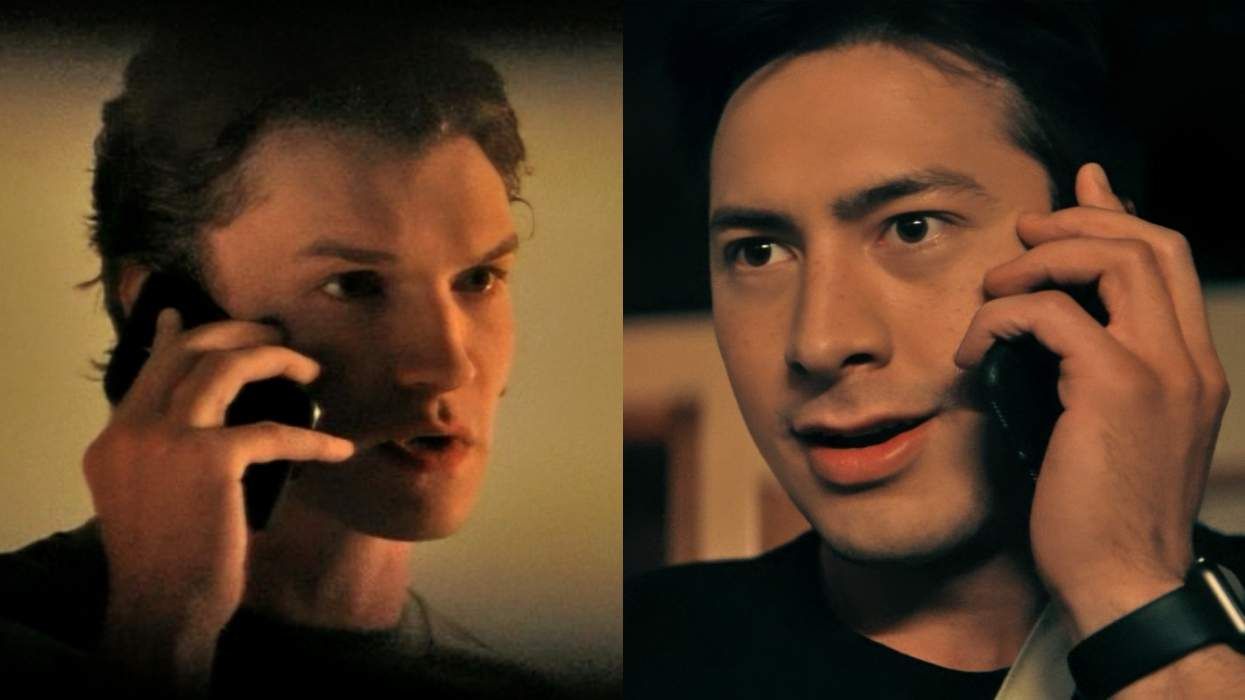

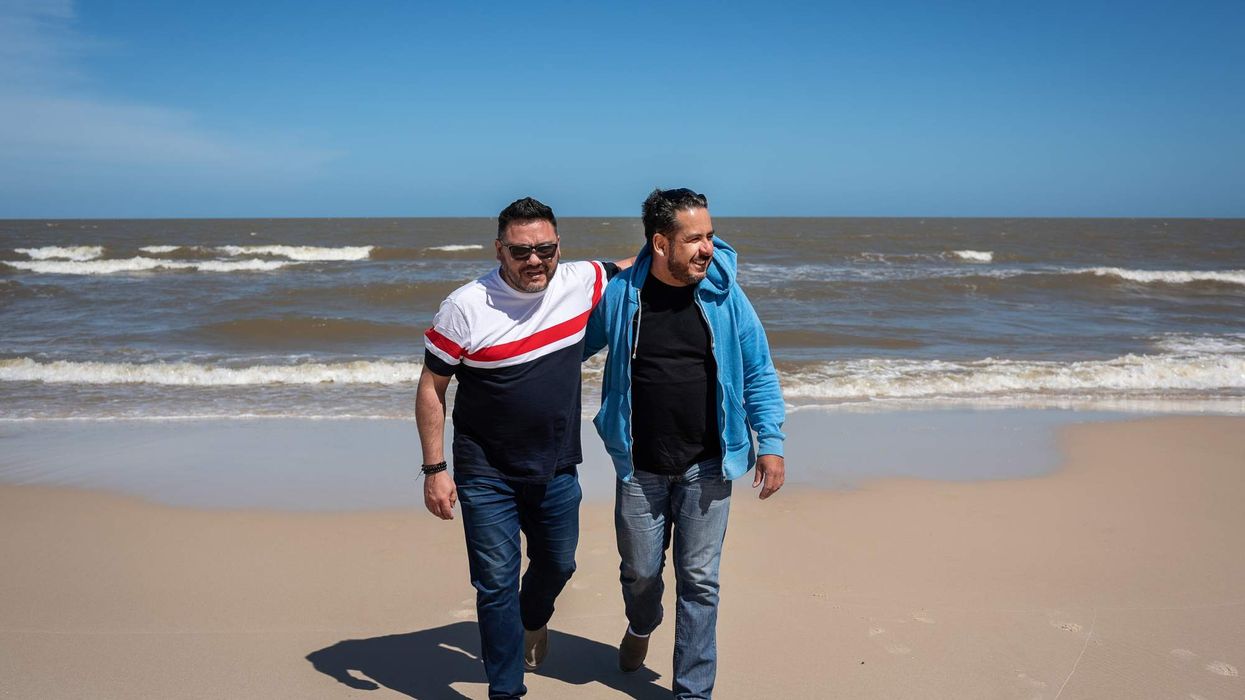








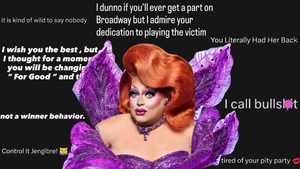



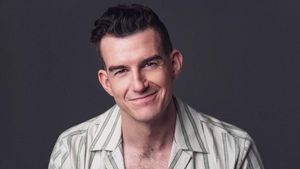

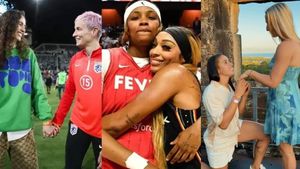
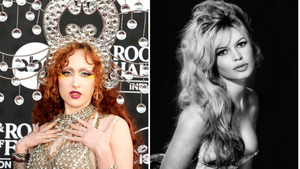













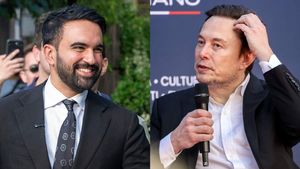


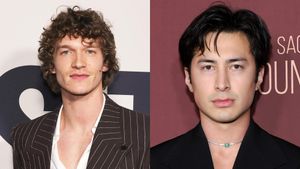







Charlie Kirk DID say stoning gay people was the 'perfect law' — and these other heinous quotes